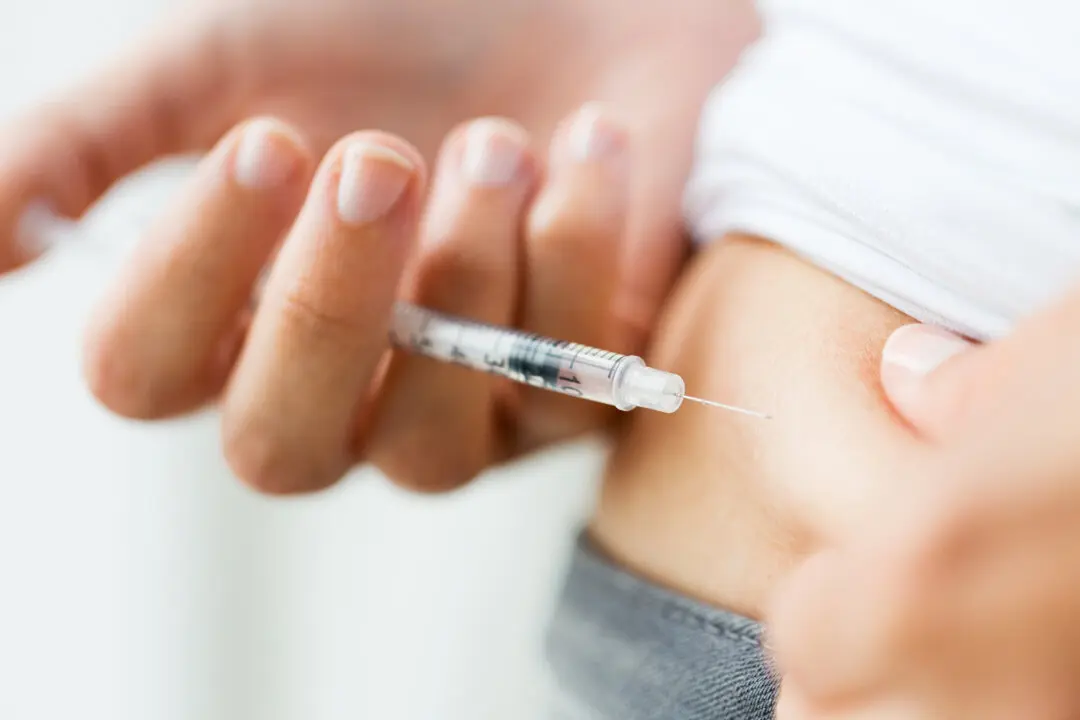A new material may help regrow cartilage in damaged joints, according to an animal study conducted by Northwestern University researchers.
The researchers said the material may someday be used to prevent total joint replacements, repair sports-related injuries, and treat degenerative diseases.
Almost all joints in the body are cushioned by cartilage. Wear and tear to cartilage can cause lasting and costly injuries that are difficult to treat. With this in mind, the researchers set out to create a bioactive material.
The biomaterial is essentially made up of two components: a bioactive peptide and a modified hyaluronic acid. The bioactive peptide binds to proteins essential for cartilage growth and maintenance. Hyaluronic acid is a natural sugar present in cartilage and the synovial fluid in joints. The research team chose modified hyaluronic acid because its structure is similar to that of the natural hyaluronic acid found within the body.
Promoted Regeneration in Sheep Joints
When combined, the two components created a rubbery, goo-like substance. In the study, researchers tested the material in sheep with cartilage defects in the stifle joint, similar to the human knee. The researchers injected the substance into the defective cartilage. Once injected, the material created a scaffold-like matrix, encouraging the damaged cartilage to repair.Stupp’s team chose to test the material on sheep because, much like human cartilage, it is difficult to regenerate. Additionally, the sheep stifle shares similarities in size and how it bears weight and mechanical loads. The team observed that the cartilage began to repair within six months and even regenerated with the natural biopolymers.
A Surgical Alternative?
According to the study, about 1 million total knee replacements are performed in the United States annually due to a lack of effective treatments to regenerate damaged tissue. The procedure is more often performed on young patients expected to outlive the implant’s functionality.Other surgical options include autografts or allografts, which aren’t always viable. Autografts require tissue from another part of the patient’s body, which can fail to integrate at the new location, and allografts aren’t readily available as they require tissue from a cadaver.
Stupp said the biomaterial could be an alternative solution for open-joint or arthroscopic surgeries. Currently, the standard of care is a surgery known as microfracture surgery. During this type of surgery, surgeons make tiny fractures in the underlying bone of the cartilage to encourage new growth. However, Stupp noted that this type of surgery doesn’t often promote the development of the right kind of cartilage.
“The main issue with the microfracture approach is that it often results in the formation of fibrocartilage ... as opposed to hyaline cartilage, which is the one we need to have functional joints,” Stupp said in the statement.




